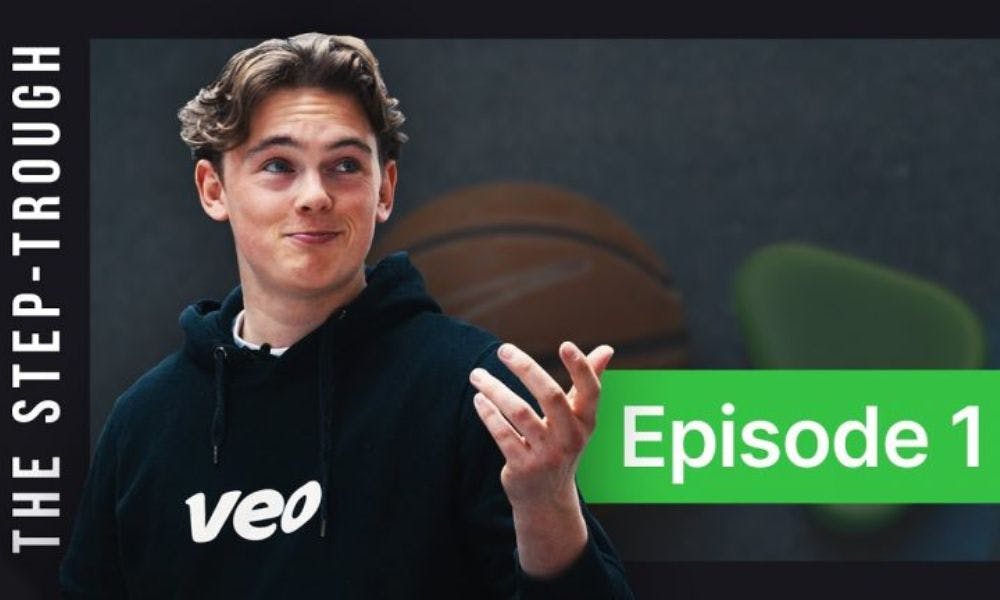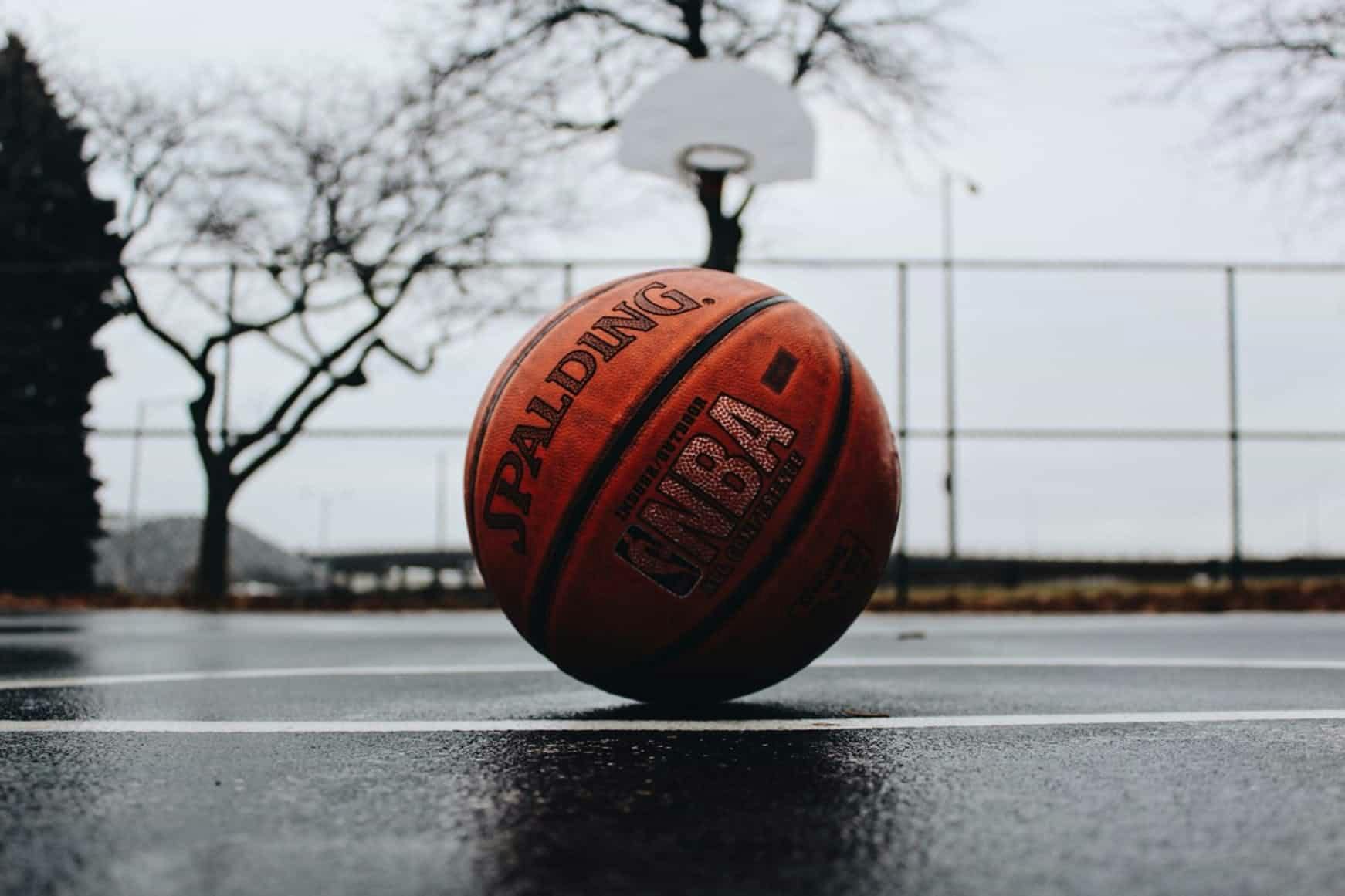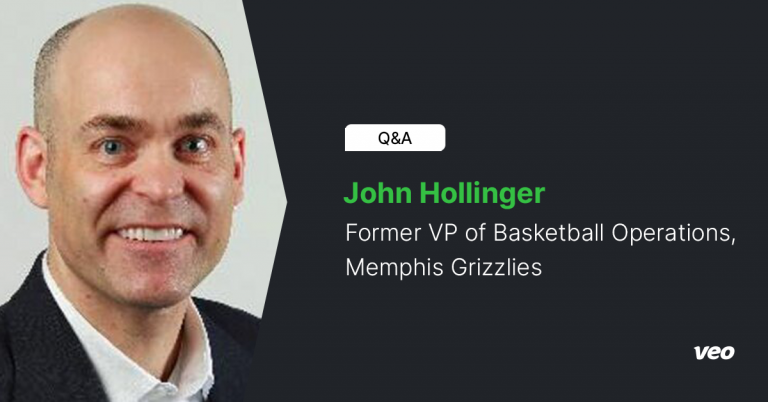The Veo camera records the entire court all at once, allowing basketball coaches to zoom in on action away from the ball, to get the full story of the game.
Where normal game capture solely follows the ball, potentially leaving out several players in the frame, Veo offers coaches the opportunity to look at all 10 players on the court at all times, regardless of where they are on the court via the Interactive View mode.
Here are three ways coaches can benefit from that feature:
Transition defense
If your team struggles to return back home to protect the basket, identifying why is the first step in correcting that issue. Zoom in on the action after your team scores or turns it over to see what exactly is going on.
– Are they not hustling enough to get back?
– Do you have all of them placed too high up the court, making it impossible for everyone to get back in time?
– What is their body language during transition defense sequences?
These are all questions you can find answers to when breaking down game film on Veo’s online platform. There, you can tag players and let them know there is room for improvement, or let them know that you will change things up in the next game.
Make sure you take your opponents into account as well. Sometimes, you just run into teams that are flat-out physically stronger and quicker than your own, in which case it’s crucial to be able to identify that your players are doing everything they can.
Communication is key, and if you as a coach identify certain areas that are outside of your players’ control, letting them know that is a big step towards building mutual respect.
Turnovers
Young players in particular struggle with mistakes and turnovers can be highly demotivating both individually and collectively, often leading to finger-pointing and blame. The first step out of that cycle is to learn why those turnovers are being made.
As veteran coaches will often tell you, a turnover isn’t always limited to a single player losing the ball. It can be a team-wide execution that goes wrong, which leaves the ball-handler with very few possibilities to make a pass.
By using Veo’s Interactive View mode you can zoom in on the action and catch every small detail.
– Is your ball-handler looking at the play being developed, or preoccupied with something else that isn’t crucial to your game plan?
– How are the players moving off-the-ball executing their roles?
– Is there confusion developing mid-play that leads to break-downs in communication and execution?
Does footwork and timing play a part?
With Veo’s two 4K lenses, you can zoom in on every single one of your players during a single-play breakdown to learn where the play broke, what needs to be done to correct it before the next game, and even if you have to simplify your X’s and O’s if your players routinely do not remember the play-call actions.
The ability to zoom in on a single player, and put yourself in their shoes on specific possessions, will help you understand their process and how you can help them improve.
Maybe your point guard needs more individual attention to learn pick-and-rolls. Maybe your center doesn’t set hard enough screens. Maybe your best shooter is just standing in the corner waiting for the ball, instead of moving around to get open.
There’s a lot to learn on most possessions, so the quicker you get started, the better.
Body language
Ah yes, the dreaded body language discussion.
Coaches often disagree on how much stock needs to be put into a player who hangs their head, throws their arms up in frustration, or displays general signs of annoyance on the court.
The truth is one single reaction doesn’t merit any significant attention. What you will be looking for here is mostly tied to effort and whether or not defeatist body language has a direct impact on that player’s performance. Players can be emotional, but that needn’t mean they aren’t giving their all out there.
Instead, you will have to look for patterns.
Does the player not hustle back on defense after a turnover? Does the player yell and scream at teammates after they made a mistake?
Sometimes these things aren’t picked up by the camera if that camera only follows the action.
Having the entire court now at your disposal, you will be able to see everything that goes on, including teammate interactions and players responding to one another.
Is a certain player on your team feared by teammates? Is a player on your team not respected by teammates and thus ignored when leaving the court for time-outs?
This is as much about inclusion as it is on-court execution, so with Interactive View, you can monitor how your team interacts on a social level. If you experience that the group isn’t as strongly connected as you thought they were, that allows you to create a plan to get the team bonding again.
At Veo, we are *passionate* about helping sports teams reach their full potential using cutting-edge video technology.
More to Explore


